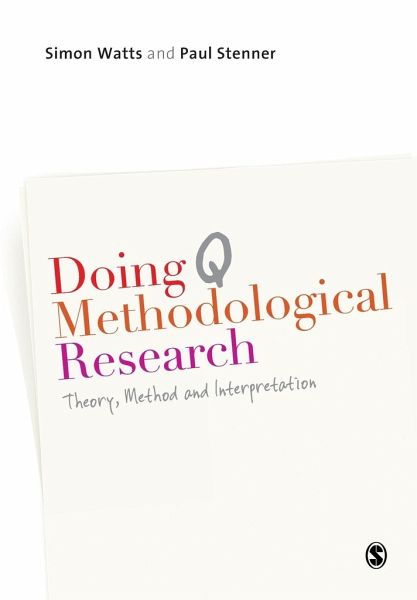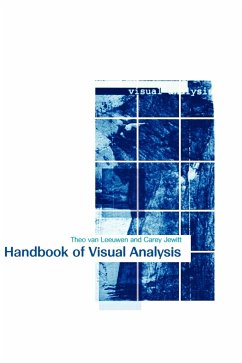
Doing Q Methodological Research
Theory, Method & Interpretation
Versandkostenfrei!
Versandfertig in 6-10 Tagen
38,99 €
inkl. MwSt.
Weitere Ausgaben:

PAYBACK Punkte
19 °P sammeln!
This book is a simple yet thorough introduction to Q methodology, a research technique designed to capture the subjective or first-person viewpoints of its participants. Watts and Stenner outline the key theoretical concepts developed by William Stephenson, the founder of Q methodology, including subjectivity, concourse theory and abduction. They then turn to the practicalities of delivering high quality Q methodological research.Using worked examples throughout, the reader is guided through:- important design issues- the conduct of fieldwork- all the analytic processes of Q methodology, inclu...
This book is a simple yet thorough introduction to Q methodology, a research technique designed to capture the subjective or first-person viewpoints of its participants. Watts and Stenner outline the key theoretical concepts developed by William Stephenson, the founder of Q methodology, including subjectivity, concourse theory and abduction. They then turn to the practicalities of delivering high quality Q methodological research.
Using worked examples throughout, the reader is guided through:
- important design issues
- the conduct of fieldwork
- all the analytic processes of Q methodology, including factor extraction, factor rotation and factor interpretation.
Drawing on helpful conceptual introductions to potentially difficult statistical concepts and a step-by-step guide to running Q methodological analyses using dedicated software, this book enables interested readers to design, manage, analyse, interpret and publish their own Q methodological research.
Using worked examples throughout, the reader is guided through:
- important design issues
- the conduct of fieldwork
- all the analytic processes of Q methodology, including factor extraction, factor rotation and factor interpretation.
Drawing on helpful conceptual introductions to potentially difficult statistical concepts and a step-by-step guide to running Q methodological analyses using dedicated software, this book enables interested readers to design, manage, analyse, interpret and publish their own Q methodological research.














